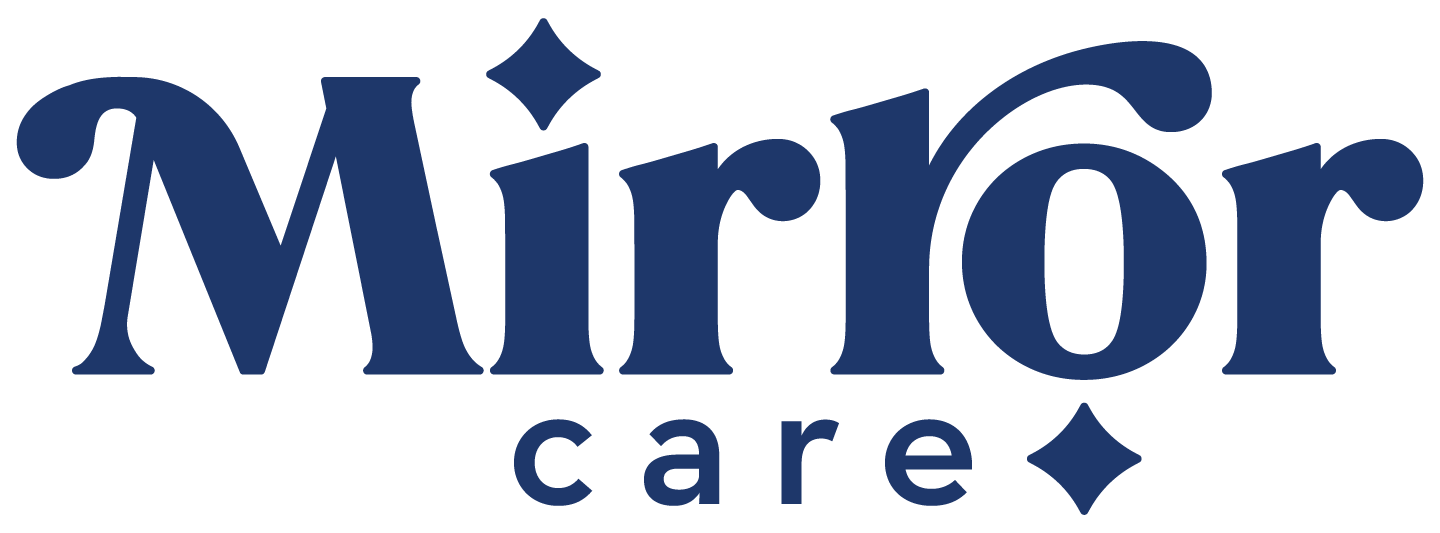What is hyaluronic acid?
Hyaluronic (pronounced hi-ah-lew-ron-ic) acid — also known as hyaluronan or hyaluronate — is a gooey, slippery substance that your body produces naturally. Scientists have found hyaluronic acid throughout the body, especially in the eyes, joints, and skin. It’s a versatile molecule and scientists are still finding new and beneficial ways to use it. Right now, it’s most often used for skin, joint, and eye health. It’s also the topic of hundreds of scientific studies and trials around the world.
How does hyaluronic acid work?
Hyaluronic acid belongs to a type of long, complicated chain-like molecules called polymers. The chain has plenty of spots on it where other chemical compounds (like water, for example) can latch on. That’s why a quarter-teaspoon of hyaluronic acid can hold about one and a half gallons of water, making it an outstanding polymer — natural or artificial — for absorbing water (and a key ingredient in moisturizing products).
Because it has lots of space for other molecules to latch on, hyaluronic acid is great for transporting other molecules throughout your body. It also has the ability to attach itself to cells, which is why targeted delivery of medications using hyaluronic acid is a major topic of study.
Hyaluronic acid’s chain-like structure also means it can act like a scaffold structure, allowing tissues to grow. This is a key step in how wounds heal on your body. Scientists have also found hyaluronic acid in human embryos and are studying the role hyaluronic acid plays in reproduction and development.
Is hyaluronic acid safe?
Research shows that hyaluronic acid is safe to use. Reactions or adverse effects from hyaluronic acid are rare, and it’s safe to use if you’re pregnant or nursing.
How is hyaluronic acid used?
There are many ways you can use hyaluronic acid (either on its own or in combination products). Many are available over-the-counter. Some need a doctor’s prescription. For some, you need to see a trained medical professional.
There are a few different ways (available over-the-counter) that you can take hyaluronic acid. Always follow the intended use directions of any product you are using.
- On your skin – Hyaluronic acid products come in various forms that you put on your skin. These include shampoos, lotions, creams, gels, ointments, patches, and serums. You can also buy hyaluronic acid powder and mix it with water to create a hyaluronic acid serum you can apply to your skin.
- Hyaluronic acid has beneficial properties when used on your skin. It’s especially useful for reducing the appearance of wrinkles and age lines by improving overall skin flexibility and elasticity (meaning it makes your skin more stretchy and soft).
- Ultra Hydration is a high-quality serum designed for sensitive skin with simple, natural ingredients. This product holds up to 1000 times its weight in water, which ensures the skin stays hydrated, and uses this moisture to repair your skin (helping it to appear firmer, brighter, and rejuvenated).
- Eye drops – A wide variety of eye drops contain hyaluronic acid.
- For intimate contact – Hyaluronic acid is a common ingredient in gels, creams, or personal lubricants for vaginal dryness or pain, especially for women experiencing menopause.
- By mouth – Hyaluronic acid comes in dietary supplements and pills. There’s even a liquid form that you can mix with water and drink. Taking hyaluronic acid by mouth can have many benefits. These include reducing arthritis pain, improving skin health, and more.
Hyaluronic acid is also available by prescription in the following forms:
- By injection – Hyaluronic acid injections into your joints can relieve pain caused by arthritis. It’s also commonly used with medications given in an IV. Healthcare providers may prescribe it off-label to treat bladder pain (such as pain caused by interstitial cystitis).
- Under your skin – Fillers containing hyaluronic acid and collagen (a natural protein also found in your body) are approved for injection under your skin. These fillers help restore natural shape and appearance, such as for treating acne scars or adding volume to lips.
- In your nose – Some medications use hyaluronic acid because it helps your body absorb them, especially when taken through your nose.
- By inhaler/nebulizer – Hyaluronic acid can treat respiratory (breathing) problems such as asthma or infections.
Hyaluronic acid has many uses and benefits, from boosting skin, eye, and joint health to accelerating wound healing. Like any medication or supplement, it’s important to talk to your healthcare provider before incorporating hyaluronic acid into your healthcare regimen.
How Can We Help?
Legal and Privacy
Quick Contacts
- (630) 884-4449
- Questions@mirror.care
-
Mirror Care Pharmacy 17W535 Butterfield Rd Suite 001
Oakbrook Terrace, IL 60181
Receive Updates from Mirror Care
- Copyright 2025 Self Therapeutics, LLC


Leave a Reply